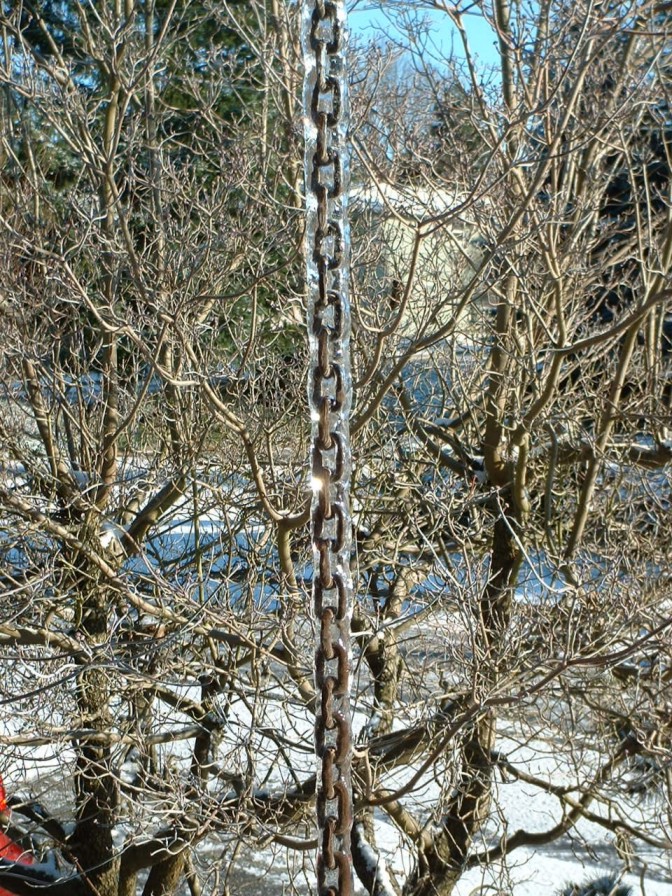And now. . . .the news from the EEFPress report: "Preserving ancient treasures"
http://education.guardian.co.uk/higher/columnist/story/0,,1932420,00.htmlAbout Kent Weeks and the Theban Mapping Project's
site conservation materplan. "Some of my colleagues are very
pessimistic: they say 25, 50, or 100 years from now some of these
sites will have disappeared and I don't doubt for one moment that
they are right," says Prof Weeks." That tourists are "playing merry
hell with the heat and humidity levels" in tombs is illustrated by
tests with the tomb of Ramses VI: its temperature and humidity
are a steady 25C and 40% when the tomb is closed, but when
open to visitors this rises to 40C and 85%.... "As the humidity
increases the moisture content of the plaster increases [causing it
to] slide down the walls as if it were molten chocolate."
-- Another press report on damage by tourists to sites:
"Tourism damaging Egyptian heritage"
http://tvnz.co.nz/view/page/411424/877805Press report: "Team helps save Egypt tomb mural”
http://search.japantimes.co.jp/cgi-bin/nn20061028a6.html“A Japanese [Kansai University] research team has
successfully removed a [plaster] mural in an ancient Egyptian
tomb [nl. the tomb of Princess Idut in Saqqara], using a technique
used on Japanese murals, so that preservation work can
be done on it."
-- Another press report on this:
http://asia.news.yahoo.com/061027/kyodo/d8l0nh9o4.html"The team glued rayon paper with resin over parts of the mural
to be removed, using a type of seaweed paste to protect them
from breaking, and carefully separated the plaster from the
rock wall with knives."
Press report: “Egyptian Painted Wood Sarcophagus at Christie's”
http://www.artdaily.com/section/news/index.asp?int_sec=2&int_new=17925On December 7, Christie’s will auction "an Egyptian painted
wood sarcophagus and mummy for Neskhons, TIP, Dyn. XXI".
"It comes with an impeccable provenance."
Press report: "Egypt trembles in front of 'made in China' pharaohs"
http://www.middle-east-online.com/english/?id=18060"The millions of souvenirs and trinkets snatched up by the
busloads of tourists flocking to the Old Cairo souk each
year are mostly manufactured in China, virtually spelling the
doom the local handicraft industry. (...) Chinese mass-produced
busts of pharaonic figures and alabaster scarabs sell like hot
cakes in Egypt's tourist markets, but the trained eye can still
identify their country of production, shopowners say. (...) "The
secret is to always check the eye."
Mario Capasso, The restoration of Egyptian and Greek Papyri
housed in Cairo Egyptian Museum (1997-2000), Università degli
Studi di Lecce, Lecce, 2001 (Gli Album del Centro di Studi
Papirologici, 1) - pdf-files (222 KB, 72 KB, 1.5 MB, 1.9 MB):
http://siba2.unile.it/ese/images/cover/81lg.jpg
http://siba2.unile.it/ese/issues/81/396/albumcspn1_p1.pdf
http://siba2.unile.it/ese/issues/81/396/albumcspn1_p2a.pdf
http://siba2.unile.it/ese/issues/81/396/albumcspn1_p2b.pdf
"The aim of this booklet is to illustrate briefly the work that a team of
papyrologists and egyptologists from Lecce and Bologna Universities
and restorers from Cairo Egyptian Museum have been doing since
1997 to preserve the Egyptian papyri exhibited on the walls of the
Museum as well as many Greek fragments which have been
precariously kept in envelopes and tin boxes in the Greek papyri
section."
Online article: Geoffrey Chamberlain. "Historical perspectives
on health: Childbirth in Ancient Egypt., in: The Journal of the
Royal Society for the Promotion of Health, Nov 2004; 124:
284 - 286. In PDF, 2.4 MB.
http://rsh.sagepub.com/cgi/reprint/124/6/284.pdf"This article traces what we can piece together about
pregnancy of childbirth from the evidence we have in
tombs and papyri of Egypt."
Alfred Pawlik, "The Lithic Industry of the Pharaonic Site Kom al-Ahmar
in Middle Egypt and its relationship to the flint mines of the Wadi
al-Sheikh. Excavations and Sondings in a settlement of the Old Kingdom
1993-96", in: G. Weisgerber (ed.), Stone Age - Mining Age. Der Anschnitt,
Beiheft 19, 193-209. Deutsches Bergbau Museum. 2005. Online in
PDF, 1.3 MB.
http://homepages.uni-tuebingen.de/alfred.pawlik/Kom-al-Ahmar.pdfAnalysis of the lithic industries of the Old Kingdom layers excavated
in 1995 and 1996 by the Institute of Egyptology of the University of
Tübingen.
End of EEF news








